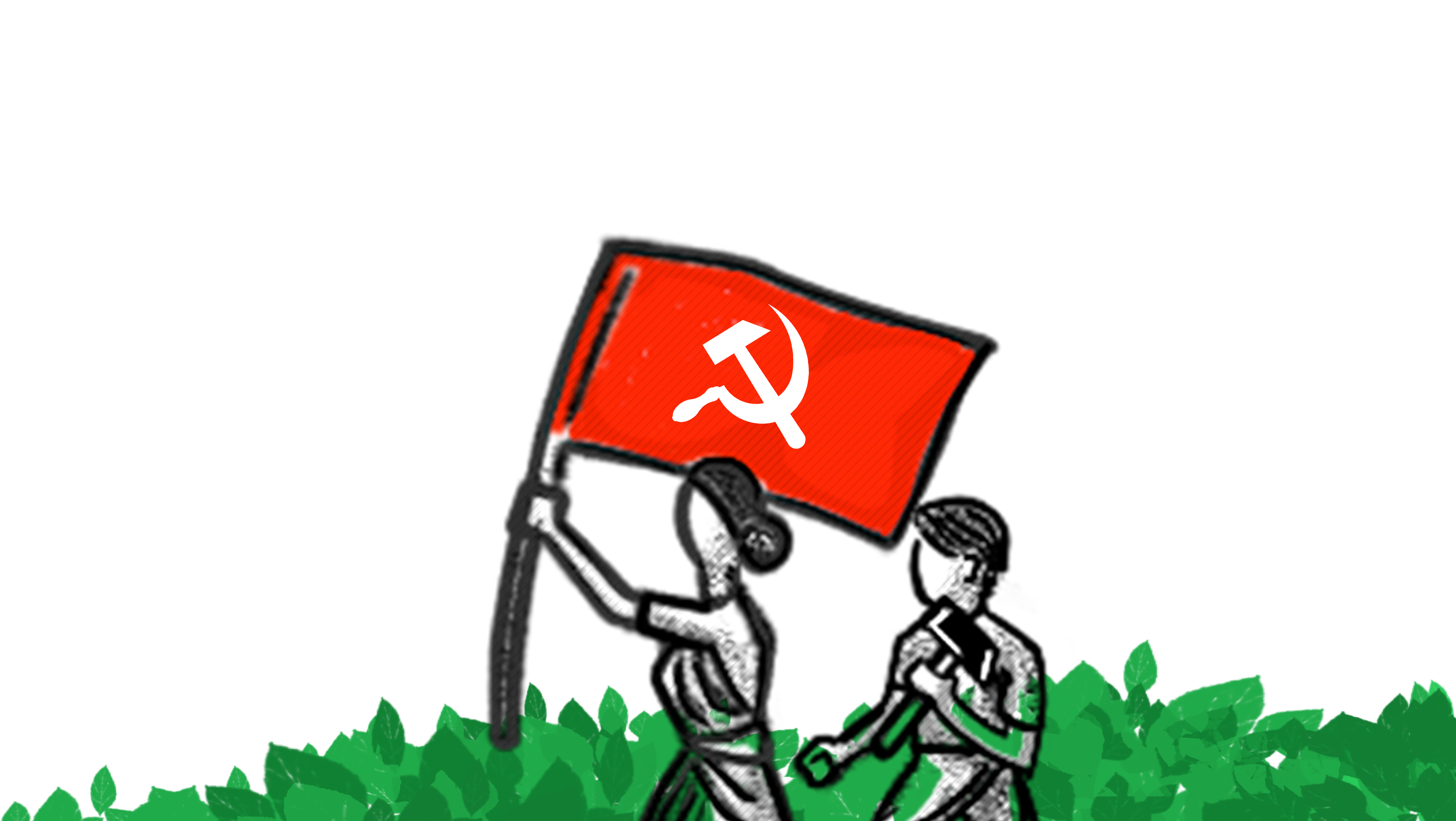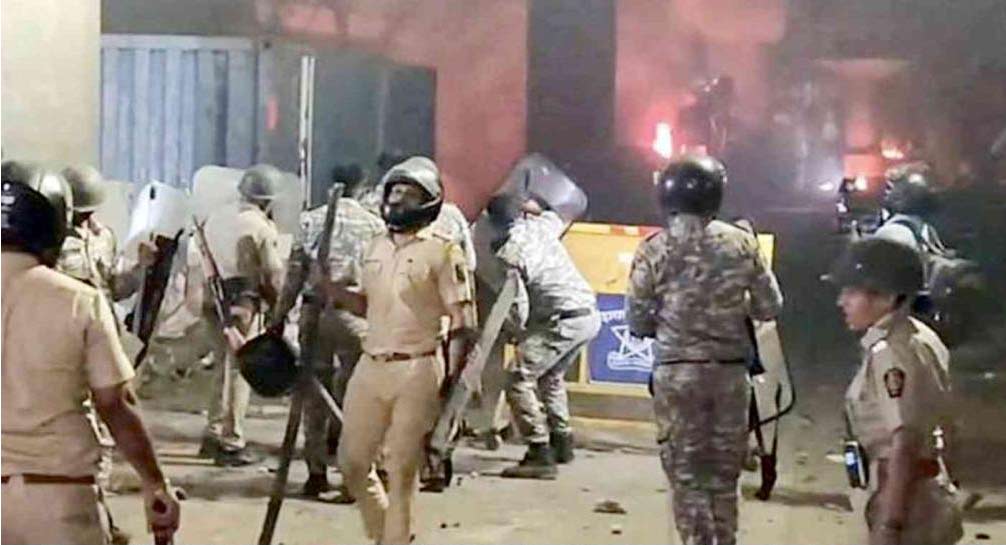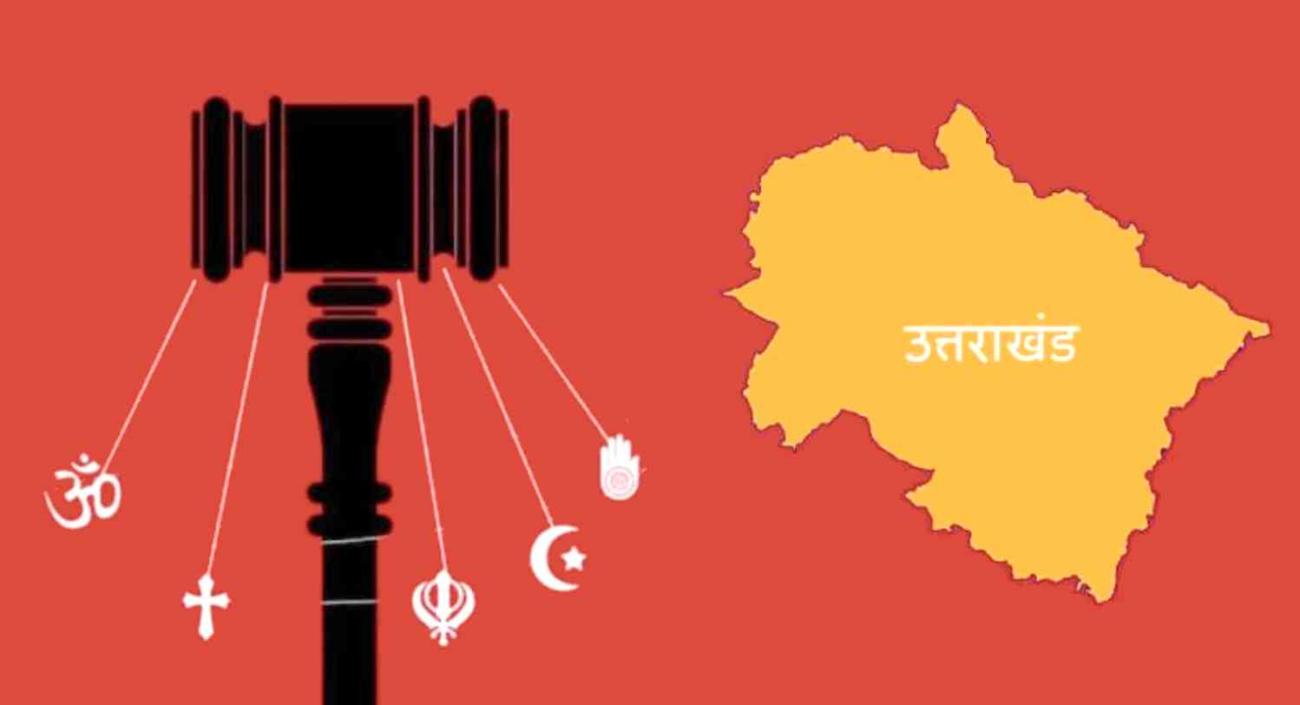(Reproduced with thanks from Counterpunch, March 21, 2017)
For the Indian community, however, these men were not just brown� men. One man was an Aviation engineer working for Garmin in Kansas, while the other, an owner of a Speed Mart convenience store in South Carolina. For one, the Indian community raised $670, 000 for his funeral. There was no such GoFundMe campaign for the other. For one, the Indian Americans mourned in the Silicon Valley and all over America. For the other there was a hand made sign that was stuck on the window of his convenience store: Store Close for few days because of a family emergency. Sorry for inconvenience.�
Kochibhotlas funeral took place in Hyderabad, India. Patels funeral was in Lancaster, South Carolina. Paul Oommen, an India-based journalist with The Associated Press tweeted that Kuchibhotlas granduncle said that Kuchibhotla and his siblings were all bright students, but Srinivas was the brightest of the three.� For Patel, there was a post on the guestbook of the funeral home saying, He will always have a special place in our hearts.�
The funeral for Kochibhotla was a public event in India with hundreds of family and friends and even politicians. Images of his body with flowers, grief stricken relatives, the funeral procession, and even the lit funeral pyre were made public. The heartbreaking photo of his young widowed wife, Sunayana Dumala made the pages of both The Hindu and The New York Times.
Patel did have a funeral too. A more private funeral. A small post by the Burgress Funeral Home read, The service will be overseen by priest Ashok Trivedi.� Thats all.
In the wake of Kochibhotlas murder Sushil Rao, another Indian journalist tweeted that the Indian government should institute awards for those who protect Indians abroad.� For the other, no such protections have been announced yet.
Two brown men killed by two racists Americans, yet for the Indian community these brown bodies belong to two very different Americas, two very different kinds of Indians in America. They belong to the America that still believes in exceptionalism,� and one that doesnt. They belong to a belief of what Kuchibholtas grieve stricken wife said in her press conference: he always assured me that only good things happen to good people. Always think good, always be good. And good will happen to you.
I am finding these articles about the murder of the Indian Kansas man incredible sad, and this growing worry about our� safety amongst Indians frustrating. Who exactly is this our� in this collective call for our community,� our safety,� our protection,� our dignity?� Who according to the Indians are the good?�
If anything these two hate crimes have highlighted is that there are two kinds of Indians, two kinds of browns.� The right� kind of brown versus the wrong� kind of brown, and we urgently need to have a conversation about this divide. And this divide is not new. It has existed long before Trumps America. Lyndon B. Johnsons The Immigration and Nationality Act of 1965� put an end to the exclusionary and racist quotas of the 1920s, and gave birth to the class of people we now call the model minorities.� While the demographics of the right kind of brown have gradually risen in American since 1965, the wrong kind of browns� have been playing in their shadows. Forever.
If the first casualty for the Indian American community in Trumps America is Srinivas Kuchibhotla, the first casualty in Bushs America, referred to as The First 9/11 Backlash Fatality,� was a man named Balbir Singh Sodhi, a Sikh- American the gas station owner in Mesa Arizona. I do not remember this level of anxiety within the Indian-American community when Sodhi was killed after 9/11. He too was mistaken as an Arab-Muslim and shot and killed by a man called Frank Silva Roque. Rogue had told his friends that he was going to go out and shoot some towel-heads.�
Neither did Sodhi nor did Patel have any large fund raising campaigns by their fellow Indians across the country to cover the cost of their respective funerals. What, however, did happen in Sodhis case was that many Arizona state representatives and citizens of all backgrounds rallied around the Sodhi family and the Sikh American community in support of this hate crime. Over 3,000 people attended Mr. Sodhis memorial service.
Yet, just a few months before the tenth anniversary of Sodhis death and the attack on America, the Arizona legislature decided to remove Mr. Sodhis name from the state 9/11 memorial because he was not deemed a victim of 9/11�. Adding insult to injury, along with stripping the late Mr. Sodhis name from the memorial, the legislation even enumerated that the removed plaque to be sold to a scrap metal dealer. Ten years after 9/11, the original sponsor of the bill to remove Sodhis name from the memorial John Kavanaugh, a Republican member of the Arizona senate stated, Its part of a myth that, following 9/11, Americans went into a xenophobic rage against foreigners. Thats not true. Americas reaction towards foreigners was commendable.�
I cannot recall any outrage by the right kind of brown folks� against Sodhis murder, or the subsequent negation of his victim� status after 9/11. While other communities of color repeatedly expressed their anxiety over their safety after 9/11, and Brooklyn New Yorks Little Pakistan� became a ghost town (as 20,000 Pakistanis left Brooklyn out of fear and many landed in detention facilities), I do not recall, then, any call for safety, or awards for keeping all people brown� safe?
But Srinivas was the right kind of brown,� the right kind of foreigner, the good� immigrant. Yet his wife was not so sure about their safety, as she said in her press conference, weve read many times in newspapers of some kind of shooting happening everywhere. And we always wondered, how safe, or I especially, I was always concerned: Are we doing the right thing of staying in [the] United States of America?
The night of Kuchibhotlas murder, hundreds of the right kind of brown folks� who continue to take their safety for granted have posted on various social media sites. asking, why did this happen to him?�
I continue to be frustrated that there is still such dismay amongst the right� kind of the Indian brown community that Srinivass killing was one of a mistaken identity. He was not a Muslim� as hundreds of Tweets have said. Srinivas was mistaken� to be a Muslim. So, if Srinivas was a Muslim and Adam Purinton killed him, would his death be more justified?
I find it even ironic that these right� kind of brown folks who are so shocked about the rise of racism against the Indians in this post-Trumps America, have continued to turn a blind eye to the racism that has plagued Africans/African Americans and Hispanics in this country on a daily basis, much before Trumps arrival. Mass incarcerations are not a concept that the right kind of brown� has to witness, let alone imagine. Such things do not happen to them or good people.�
Oh well, the right kind of brown folks� (I forget) are here to advance professionally, to dream, to contribute to Americas exceptionalism and demand safety that the wrong kind of brown� cannot even fathom.
The right kind of brown� also never thought that the Muslim ban, or the rise of anti-immigrant xenophobia was going to impact any of them. After all they are the the right kind of brown,� the right kind of immigrants,� good people� �� well educated Hindu professional. They have conveniently forgotten the Muslim ban� in India. They have conveniently forgotten that India has her own anti-Muslim Purinton.�
While it deeply saddens me that both Srinivas and Harnish are dead, (and both were vicious racist hate crime along with the shooting of Deep Rai in Kent, Washington), I am even more sad that the right kind of brown folks continue to believe that somehow their life is more valuable than the wrong� kind of brown �� those that are not a part of the group that constitute the highest per capita income� earners amongst the minority groups. Are the lives of the right kind of brown folks really more valuable than the Muslims, the refugees, the Speedy Marts and gas station owners, the Hispanics, the Blacks, the Native Americans? Are the lives of their children more valuable than Michael Brown or Tamir Rice?
Lets face it. Until the right kind of brown folks can begin to acknowledge their complicity, their willful naiveté and their turning of their blind eyes against the wrong kind of brown �� the Indian community will be forever fragmented and even isolated in their discourse on racism in America. A conversation about our safety� until then should best remain suspended.
Trump may have given the Indian community an opportunity to grapple with this contradiction both here and in India.





